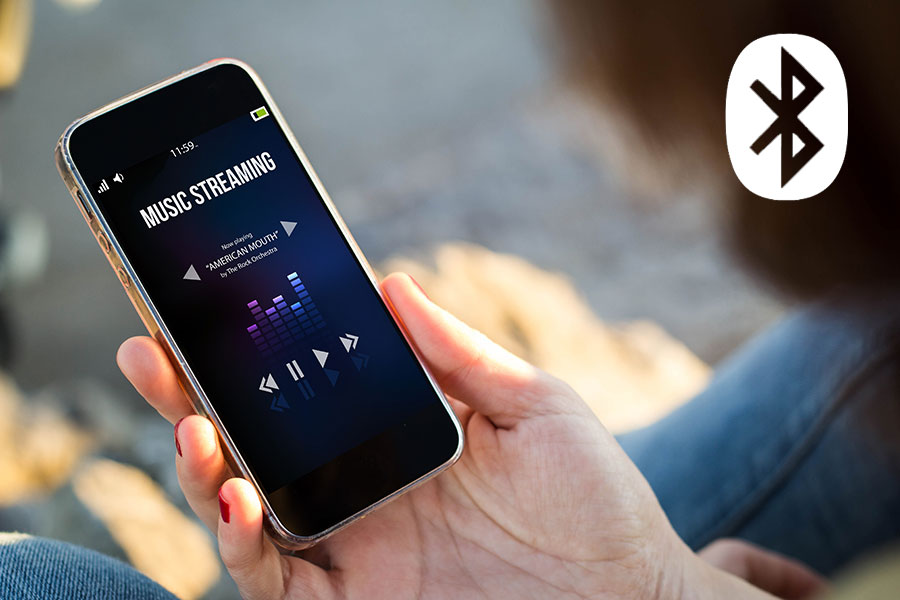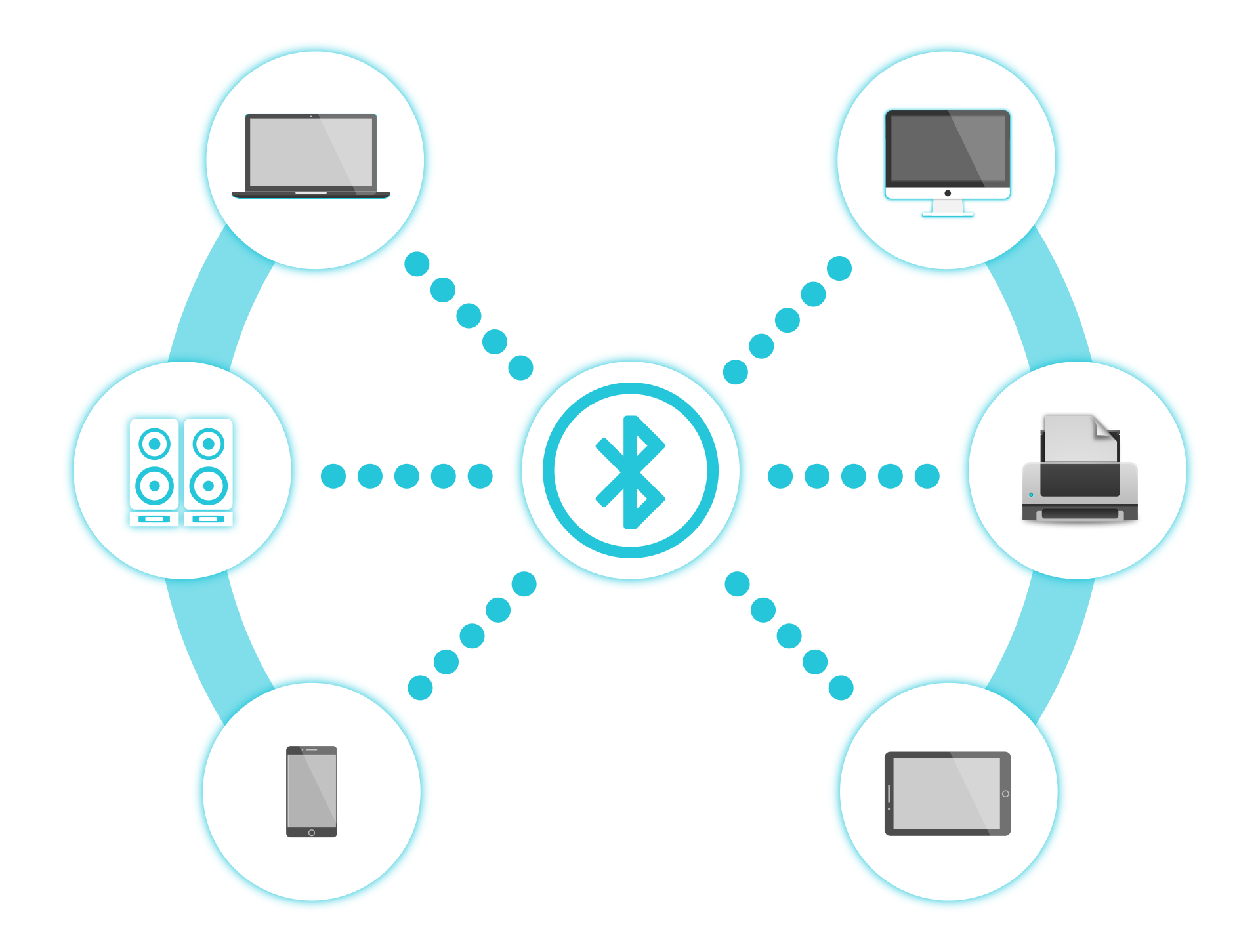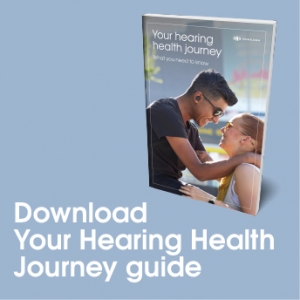
With most smartphones no longer featuring a headphone jack, Bluetooth is the standard method of communication between wireless earbuds and smartphones.
Alongside this, Bluetooth enjoys popularity for its wireless connection to speakers at home or in vehicles. Therefore, understanding Bluetooth codecs is very important when trying to identify what earbuds or smartphone will provide the best-quality streaming media experience.
Wireless Audio Transmission
In general, there are three different types of wireless connection for earbuds; Infrared, Radio Frequency and Bluetooth, with Bluetooth being the most popular. You first need a Bluetooth audio transmitter which is the audio source, for example your phone. You then need a Bluetooth audio receiver, which can be your headphones.
The transmitters job is not as simple as just sending the music file over to the receiver. The quality of the recorded audio affects its file size and the file size directly affects the bandwidth needed to transmit the audio to the receiver.
“The bandwidth is like the width of a highway and the file size like the traffic flow. If the traffic flow is more than what the highway allows, traffic jams occur and the journey becomes slow” – Headphonesty
A Bluetooth connection has a maximum bandwidth that it can hold. When the file sizes are too big, the audio connection will start to stutter, affecting the overall audio connection quality.
This is where the encoding and decoding processes take place. To reduce the size of the audio file, the Bluetooth transmitter encodes the original file with an algorithm into a compressed form and then sends it over to the receiver. The receiver will decode compressed form into an audio file which then becomes playable.

What are Bluetooth Audio Codecs?
So what is this algorithm that the Bluetooth transmitter encodes the original file with? The audio codec.
A codec (short for compression/decompression) is a piece of software that determines how Bluetooth is transmitted from the source to your receiver. It takes your data, compresses it to a reduced file size so that the audio ‘fits’ through the technology’s imaginary ‘pipes’ and encodes it to the necessary format for transmission. The same codec is then required to decode the data so you can listen to your audio.
No matter which codec, it is responsible for both encoding and decoding the digital audio data into a necessary format. The ultimate goal is to reduce the audio file size while maintaining the quality of the audio data. Lossless audio presents all of the information to you that was in the original uncompressed files whilst lossy audio compression formats, delete data that your ears cant perceive in order to make the audio transfer easier.
Each Bluetooth audio codec has its own individual compression algorithm as well as different speeds at which the data is transmitted. This affects the quality of the audio in terms of latency and fidelity.
Best Bluetooth Audio Codecs
SBC
This was the first Bluetooth codec introduced to transfer audio. It has been integrated into the set of default specifications for streaming audio over Bluetooth and boasts compatibility with every Bluetooth device.
“If there are any codec mismatches, your device will default to using the SBC codec”. – Headphonesty.
Unlike most other codecs, SBC is public domain, so manufacturers may use it for free. Users will however, potentially run into latency issues when using this codec for gaming and streaming, although this is not just an issue with the SBC codec.
AAC
Advanced Audio Coding (AAC) is a more complex codec when compared to SBC and uses more computing power and causes higher power consumption. Although, when lossy compression is applied, it can produce a better result than SBC. AAC is the default codec on iOS devices but it is not in the public domain and thus manufacturers have to pay to implement it in their technology.
aptX
aptX offers a superior alternative to SBC’s sound quality. It uses a different type of compression, that codes the file in a unique way to reduce the data bandwidth. A downside to this codec is that iOS is not supported.
aptX HD
aptx HD is an improved aptX encoding profile rather than a standalone codec. With new improvements, the aptX HD offers high-definition audio that moves towards the quality of the original file. Despite these improvements, the standard aptX codec is still more popular amongst manufacturers.
aptX LL
Just like aptX HD, aptX LL is another variation of the aptX codec that works to solve the latency issue, or at least improve it compared to other codecs. Latency is the delay due to the processing of the audio. Those using wireless headphones for gaming or watching movies often covet aptX LL codec as latency between visuals and audio causes significant frustration.
Both IQbuds MAX earbuds and the IQstream TV streaming device support the aptX & aptX LL codecs.
LC3
LC3 is the new default Bluetooth codec, introduced at the CES trade show in 2020. It claims to be the next generation of Bluetooth audio, building on innovation from the last 20 years. Although, it will take some time to implement and roll-out new technology that supports the LC3 codec.
LDAC
Sony developed the LDAC codec. It has the potential to offer near-lossless audio quality, but it doesn’t come without its challenges. Both the transmitter and receiver need to support the codec, and be able to handle the large data bandwidth sent and received. With that being said, the only wireless headphones that support LDAC codec are Sony headphones.
Samsung Scalable Codec
This codec is another proprietary codec developed by Samsung for its Galaxy Buds. The Samsung Scalable Codec is unique for its ability to maintain a stable connection and reduce choppy audio, depending on the stability of the Bluetooth connection. Unfortunately, only Samsung devices support this codec.

Do Bluetooth Codecs Actually Make a Difference?
Benefits to having a high-quality codec go beyond just sound quality and responsiveness. One example is when skipping a song using headphone controls, only to wait a second or two before the next track plays. This phenomenon suggests that your device is probably streaming over SBC.
This lag is even more noticeable in video when on occasion the audio and visual don’t match up. However, there is compensation built in to keep the two in sync. Or you may notice lag when streaming phone calls through your cars audio system. The tell-tale sign is if it takes the call recipient extra time to answer.
On the flip side, if you experience mild hearing loss or listen to music in particularly noisy environments, you may not even discern a difference between SBC, aptX and AAC.
Nuheara’s IQbuds MAX
The IQbuds MAX provide a superior streaming audio experience for Android users for many reasons. On major reason is their compatibility with aptX & aptX LL codecs. The current generation of IQbuds also supports SBC audio codec for iOS users.


